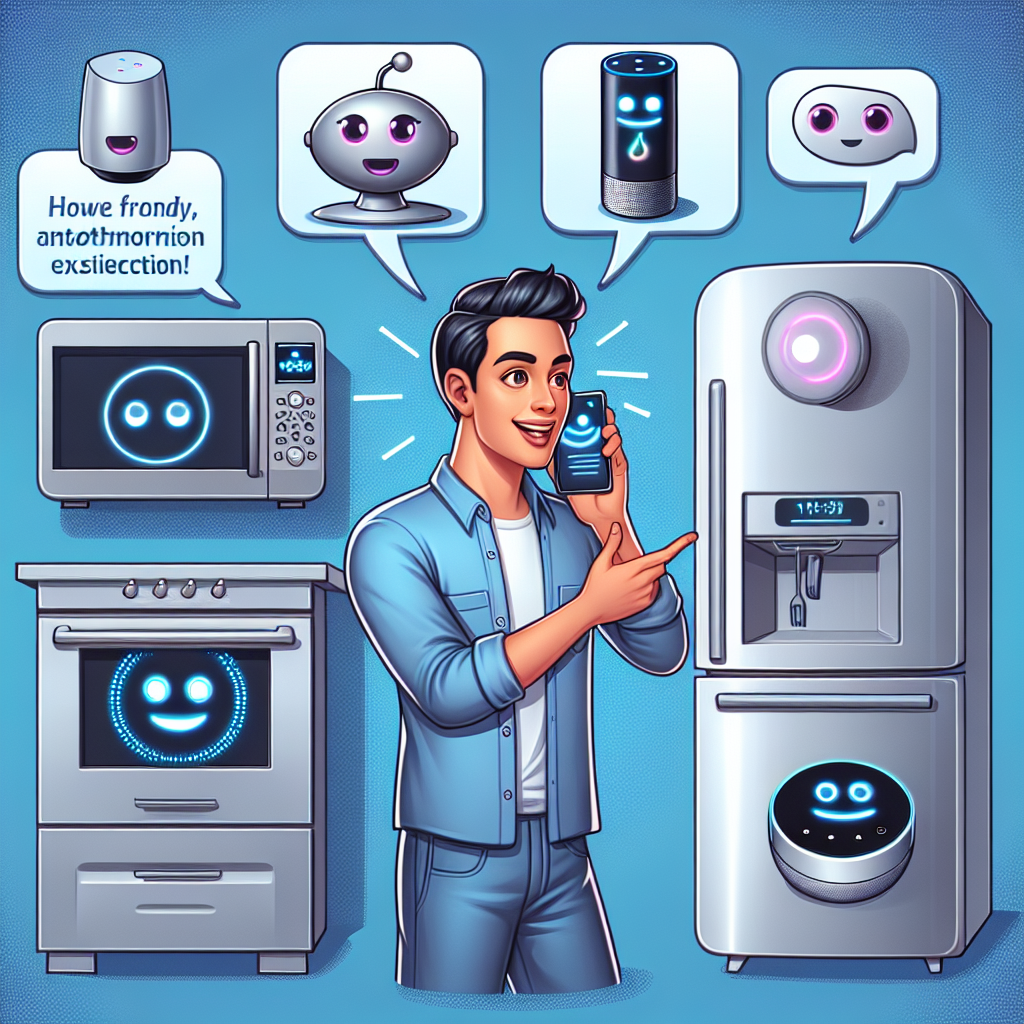Think about your favorite local coffee shop. It’s quick, knows what you want, and serves you without a fuss. Now imagine if every coffee order had to be sent to a central headquarters halfway across the country before being approved and made. That’s the difference between edge computing and traditional cloud computing in today’s AI landscape – and it’s changing how businesses operate at every level.
For small businesses, startups, and individual entrepreneurs, the technological revolution of edge computing isn’t just a fancy tech term – it’s the difference between staying competitive and falling behind. Just like that local barista who remembers your order, edge computing brings intelligence closer to where you need it most.
What is Edge Computing, and Why Should You Care?
Edge computing is like having a mini data center right where your information is being created. Instead of sending all your data to distant cloud servers for processing, edge computing allows data to be processed closer to its source – on local devices, gateways, or specialized edge servers.
For the individual entrepreneur juggling multiple responsibilities, this means decisions can be made faster, without the frustrating lag of waiting for distant servers to respond. A small retail business can process customer data instantly, adjusting inventory or marketing strategies on the fly, rather than waiting for overnight analytics.
“Edge computing reduces latency by up to 80% compared to traditional cloud processing, giving small businesses the same real-time capabilities previously only available to large enterprises,” according to recent IBM research on edge AI integration.
This isn’t just about speed – it’s about creating opportunities for innovation that weren’t possible before. When data can be processed instantly, new doors open for businesses of all sizes.
How AI SaaS Creation Platforms are Riding the Edge Wave
The most exciting development in this space is how AI SaaS creation platforms are making edge computing accessible to everyone – not just tech giants with massive R&D budgets. These platforms are democratizing access to cutting-edge technology, allowing anyone to create, share, and monetize AI products without needing a computer science degree.
Platforms like Zygote.AI are leading this revolution by offering low-code interfaces that let users build sophisticated AI applications that can run at the edge. This means a marketing consultant can create a custom AI tool that analyzes in-store customer behavior in real-time, or a freelance developer can build and sell an AI application that helps restaurants optimize their ordering based on local weather patterns.
The real breakthrough here is accessibility. You don’t need to understand the complex infrastructure of edge computing to benefit from it. Today’s AI SaaS creation platforms handle the technical heavy lifting, letting you focus on solving real business problems.
Real-World Edge Computing Success Stories
Let’s look at how edge computing is already transforming industries:
In manufacturing, a small custom furniture maker used edge computing to place AI-powered cameras on their production line. Instead of manually inspecting each piece, the system now catches defects in real-time – improving quality while reducing the need for specialized staff. The best part? The entire system was set up using a low-code AI platform, without hiring a single programmer.
“Before implementing edge AI, we caught about 85% of defects. Now we’re at 99.2%, and our customers can’t stop talking about our quality,” says the owner. “It’s like having an expert craftsman inspecting every inch of every product.”
In retail, a boutique clothing chain deployed smart mirrors powered by edge AI. These mirrors make product recommendations based on what the customer is trying on – without sending sensitive customer images to the cloud. The immediate, personalized shopping experience has increased their average sale value by 23%.
Even a local food truck is getting in on the action, using an edge AI system to predict foot traffic based on weather, local events, and historical patterns. “I used to guess where to park my truck,” says the owner. “Now my AI helper tells me exactly where to go each day. My revenue is up 40% this year.”
These aren’t futuristic scenarios – they’re happening right now, powered by accessible AI SaaS creation platforms that bring edge computing capabilities to businesses of all sizes.
Customizable AI Digital Workers: Your New Team Members
One of the most exciting applications of edge computing in AI SaaS platforms is the development of customizable AI digital workers. These aren’t just basic automation tools – they’re sophisticated virtual team members that can adapt to your specific business needs.
Imagine having a digital team member who never sleeps, never takes a vacation, and can be trained to handle exactly the tasks you need help with. That’s what today’s low-code platforms are enabling through edge computing.
A solo consultant might create a digital worker that handles client intake forms, automatically generating proposals based on client needs. A small e-commerce business might deploy digital workers that manage inventory, predict restocking needs, and even draft product descriptions – all running efficiently at the edge without constant cloud connectivity.
The beauty of these systems is their customizability. Unlike off-the-shelf solutions that force you to adapt your business to the software, these platforms let you build AI workers that fit your existing workflows. And when your needs change, your digital workforce can evolve too – without expensive redevelopment. The efficiency gains from edge computing make this approach even more powerful.
“We’ve created three different AI digital workers using a low-code platform,” explains a small accounting firm owner. “One handles initial client screening, another manages routine document processing, and the third helps us identify potential tax savings. It’s like adding three staff members without the overhead.”
Intelligent Collaboration Through Edge Computing
Edge computing isn’t just changing how we work with machines – it’s transforming how we work with each other. By enabling real-time data processing and sharing, edge computing is creating new possibilities for intelligent collaboration.
Consider a small architectural firm working with clients and contractors. Using edge-powered AI tools, they can share 3D models that update in real-time as changes are made, with AI assistants that instantly highlight potential issues or suggest improvements. The contractors on site can access the same data on their tablets, getting immediate feedback without waiting for cloud processing.
This kind of seamless collaboration eliminates the friction that typically slows down creative work. When everyone has access to the same real-time information, enhanced by AI insights, teams can solve problems faster and more effectively.
“Our creative process used to involve a lot of waiting – waiting for files to upload, waiting for colleagues to review, waiting for feedback,” says a design agency founder. “With our edge-enabled workflow, we’ve cut our project timelines by 30% while actually increasing the number of iterations we can explore.”
Personal AI Products: Making Life Easier
The rise of edge computing isn’t just transforming businesses – it’s also creating a new generation of personal use AI products that make everyday life easier and more productive.
From smart home devices that recognize family members and adjust settings accordingly, to AI-powered personal assistants that help organize your day without sending your calendar to the cloud, edge computing is making AI more private, responsive, and useful in our daily lives.
A freelance writer created a personalized AI editor that runs locally on her laptop, providing instant feedback on her work without requiring an internet connection. “It’s like having an editor looking over my shoulder, but in a good way,” she jokes. “And I don’t have to worry about my draft being stored on someone else’s servers.”
These personal AI tools aren’t just convenient – they’re transforming how we work and live. By bringing AI capabilities to the edge, they’re making sophisticated technology accessible and useful without sacrificing privacy or requiring constant connectivity.
AI Agent Technology: The Next Frontier
Perhaps the most exciting development in edge computing is the emergence of AI agent technology. These aren’t simple automation tools – they’re sophisticated systems that can make decisions, learn from experiences, and work autonomously to achieve goals.
For small businesses and entrepreneurs, AI agents represent a remarkable opportunity to automate complex workflows and reduce manual interventions. A small marketing agency might deploy AI agents that not only schedule social media posts but also analyze engagement, adjust strategies, and even create new content based on what’s performing well.
The key advantage of running these agents at the edge is their ability to function independently, making decisions based on local data without needing to constantly check in with cloud servers. This makes them more reliable, responsive, and cost-effective.
“We’ve implemented an AI agent that handles our entire customer support triage process,” explains a startup founder. “It analyzes incoming requests, routes them to the right team member, and even resolves about 40% of issues without human intervention. The best part is it runs entirely on our local system, so even if our internet goes down, our support doesn’t miss a beat.”
The Time for Edge Computing is Now
The edge computing revolution isn’t coming – it’s already here. For small businesses, individual entrepreneurs, and development teams, waiting to implement edge computing strategies means falling behind competitors who are already reaping the benefits.
The good news is that with today’s AI SaaS creation platforms, you don’t need to make massive investments or hire specialized teams to get started. Platforms designed with Zygote.AI’s philosophy of accessibility and customization are making it possible for anyone to create powerful AI applications that leverage the advantages of edge computing.
Whether you’re looking to streamline operations, create innovative customer experiences, or develop entirely new products and services, edge computing provides the foundation for faster, more efficient, and more reliable AI applications.
The question isn’t whether your business needs edge computing – it’s how quickly you can start implementing it. Because in today’s fast-paced business environment, having intelligence at the edge isn’t just an advantage – it’s becoming a necessity.
Just like that local coffee shop that knows your order before you even ask, the businesses that will thrive tomorrow are the ones bringing intelligence closer to where it’s needed today. With user-friendly AI tools and low-code platforms making workflow automation accessible to everyone, there’s never been a better time to explore the endless possibilities of edge computing in your AI SaaS journey.









